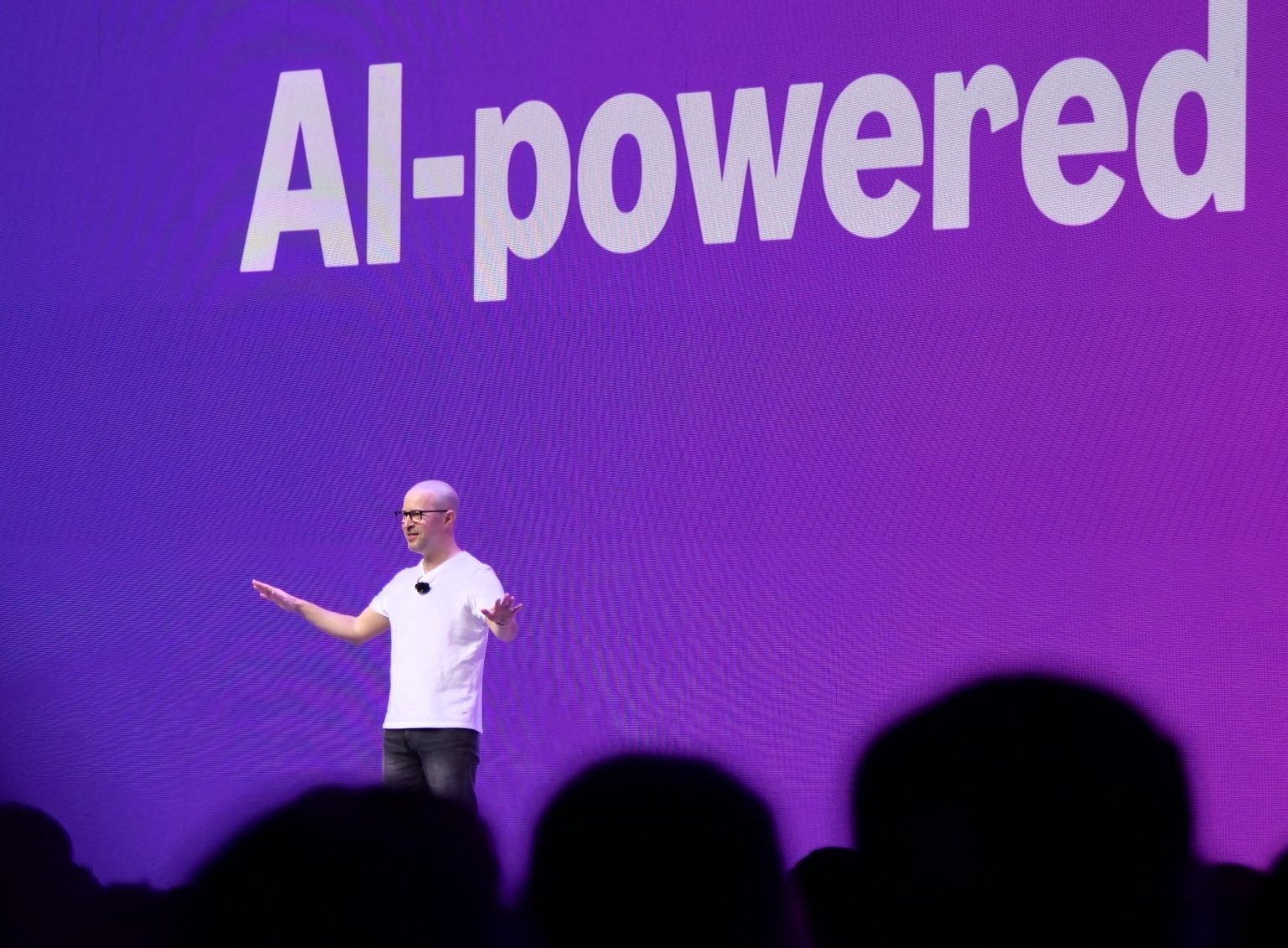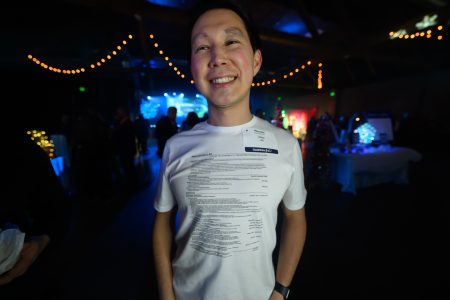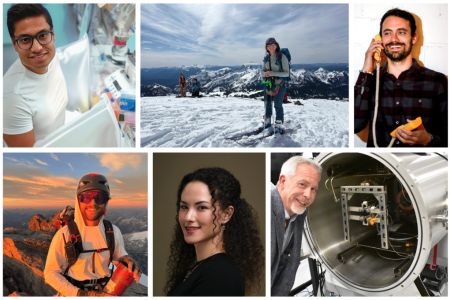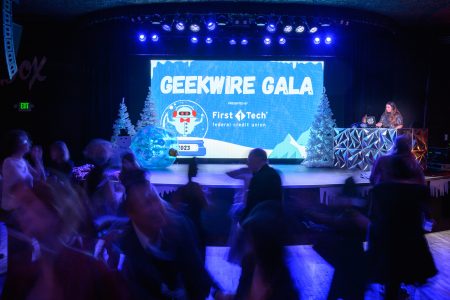Amazon’s AI Revolution in Advertising: A New Era for Creative Expression
In a significant move that could reshape the advertising landscape, Amazon has unveiled a suite of agentic AI tools for its Creative Studio platform, designed to function as an AI “creative director” for brands and sellers. This development, announced at Amazon’s Accelerate Conference in Seattle, represents the company’s latest effort to enhance its already substantial advertising business—a division that quietly generates $60 billion annually, accounting for more than 9% of Amazon’s overall revenue. Despite operating in the shadow of Amazon’s more visible retail and cloud computing operations, the advertising arm has become a formidable revenue engine that the company is now supercharging with artificial intelligence.
The new AI capabilities, revealed by Jay Richman, Amazon’s Vice President of Product and Technology, leverage the company’s vast troves of consumer data and market insights to generate tailored advertising content. These tools promise to analyze market trends, consumer behavior patterns, and purchasing histories to create advertisements that resonate more effectively with target audiences. What makes this approach particularly powerful is its ability to adapt in real-time, functioning less like a static template and more like an intelligent partner that continually refines its creative output based on performance metrics and evolving market conditions. For brands selling on Amazon’s platform, this represents an opportunity to access sophisticated advertising capabilities that might otherwise require significant investments in creative talent and market research.
When discussing the implications for human creativity, Richman offered a perspective that challenges the narrative of AI as simply a replacement for human workers. Rather than eliminating the need for creative professionals, he suggests that AI will serve as an amplifier of human talent—turning excellent creatives into exceptional ones. “The best creatives are able to get the most out of the tools,” Richman explained, drawing a parallel to how AI is transforming engineering by turning “10x engineers into 100x engineers.” This vision positions AI not as a substitute for human creativity but as a collaborator that can handle routine aspects of creative work while allowing human professionals to focus on higher-level creative direction and strategy. The result, according to Richman, will be not the obsolescence of creative professionals but their empowerment.
Indeed, Richman’s metaphor of AI as “a new canvas, a new paintbrush” suggests that we may be witnessing the birth of entirely new art forms and modes of creative expression. Throughout history, technological innovations—from the printing press to photography to digital design software—have initially sparked fears of replacing traditional crafts, only to ultimately expand the creative landscape and create new specializations. Richman believes we’re at a similar inflection point with AI in advertising, where the technology will enable creative expressions that weren’t previously possible. “The best photographs are still being produced by professionals. The best art is still being produced by artists, and that hasn’t changed in hundreds of years,” he noted, suggesting that while the tools may change, the importance of human creative vision remains constant.
Richman brings a unique perspective to this evolution, having witnessed multiple digital transformations throughout his career. From developing early applications for the Palm Pilot to pioneering streaming media at NBC Universal and reinventing podcast advertising at Spotify, his professional journey has tracked alongside the digital revolution’s reshaping of media and advertising. This latest chapter at Amazon represents perhaps the most significant transformation yet—the integration of advanced AI into the creative process itself. For Amazon, the stakes are particularly high given the significant contribution of advertising to its bottom line. While most consumers think of Amazon primarily as a retail platform and cloud service provider, its advertising business has quietly grown into a major profit center that now rivals the advertising revenues of media giants.
The introduction of these AI tools raises important questions about the future relationship between human creativity and artificial intelligence. Will these technologies democratize access to high-quality advertising, allowing smaller sellers to compete more effectively with larger brands? Or will they create new divides between those who can most effectively harness AI and those who cannot? As brands and advertisers begin experimenting with Amazon’s agentic AI tools, we’ll likely see the emergence of new creative strategies that blend human intuition with machine precision. What seems clear from Richman’s vision is that the future of advertising creativity lies not in choosing between human or artificial intelligence, but in finding the optimal collaboration between the two—creating a new symbiosis where AI handles the data-driven aspects of creativity while humans provide the emotional intelligence, cultural awareness, and strategic thinking that remain uniquely human domains. In this evolving landscape, perhaps the most successful creatives will be those who view AI not as a threat but as the most powerful creative assistant they’ve ever had.













